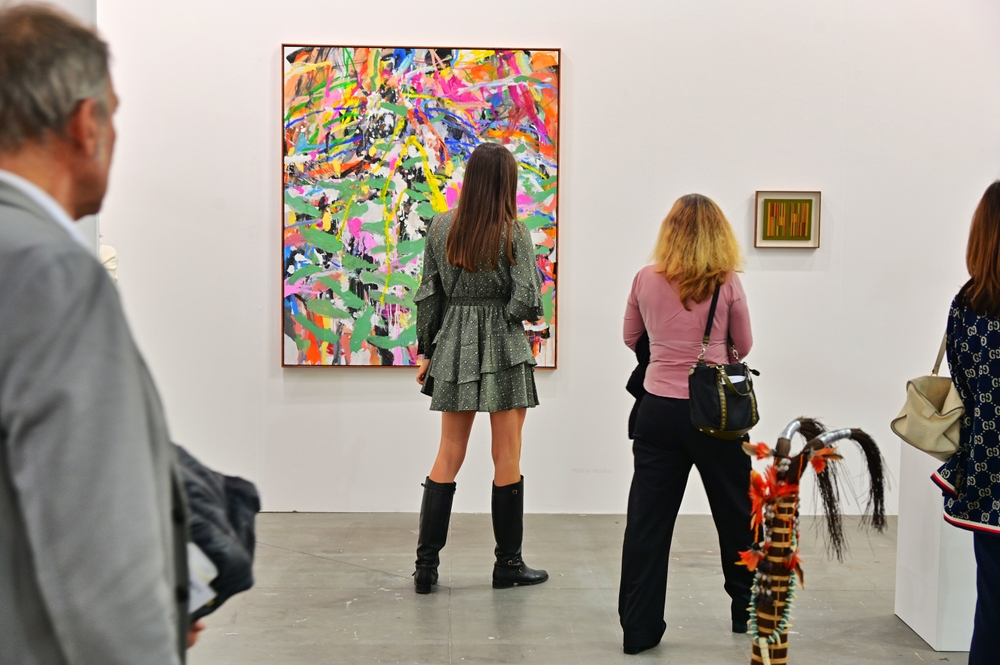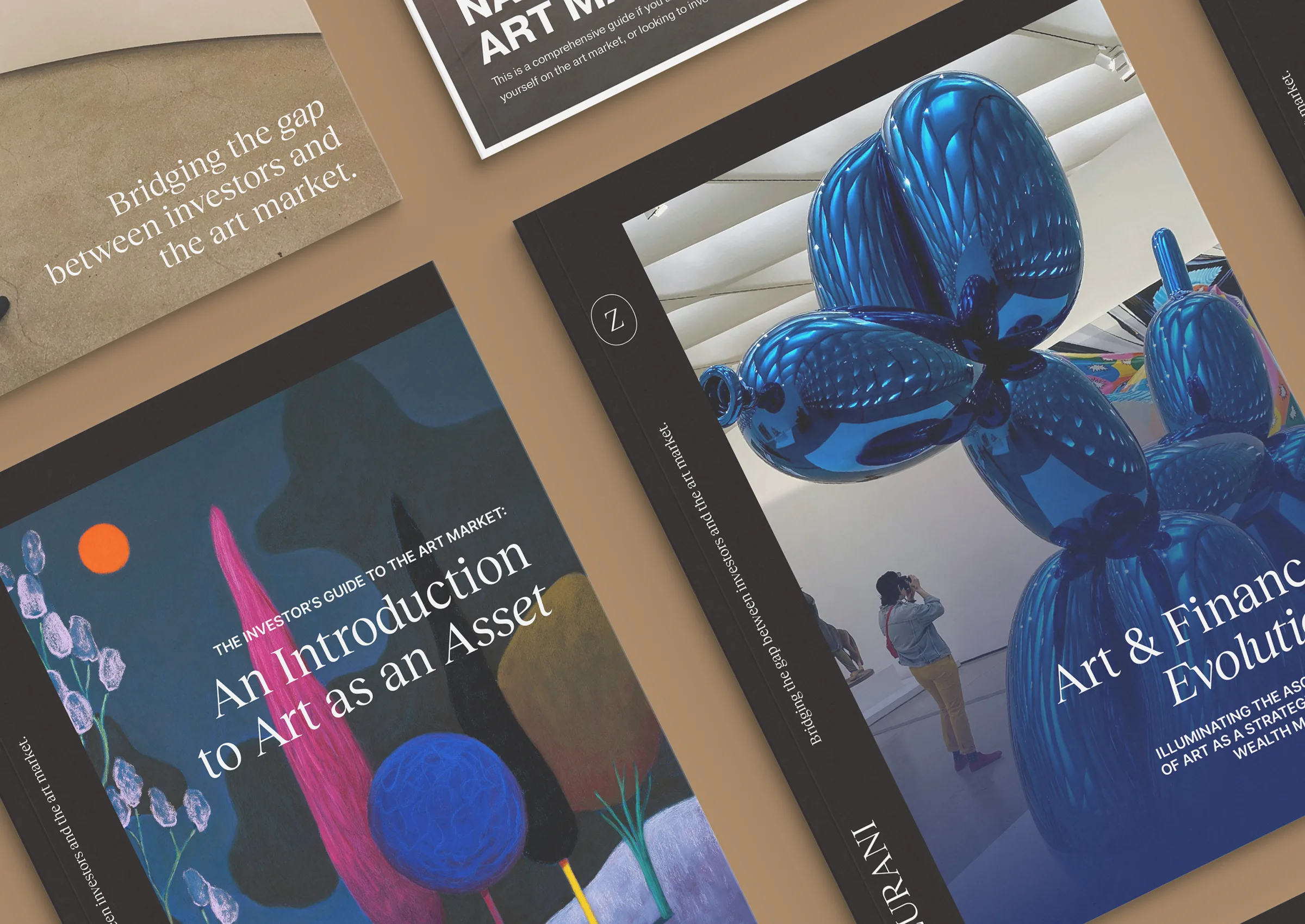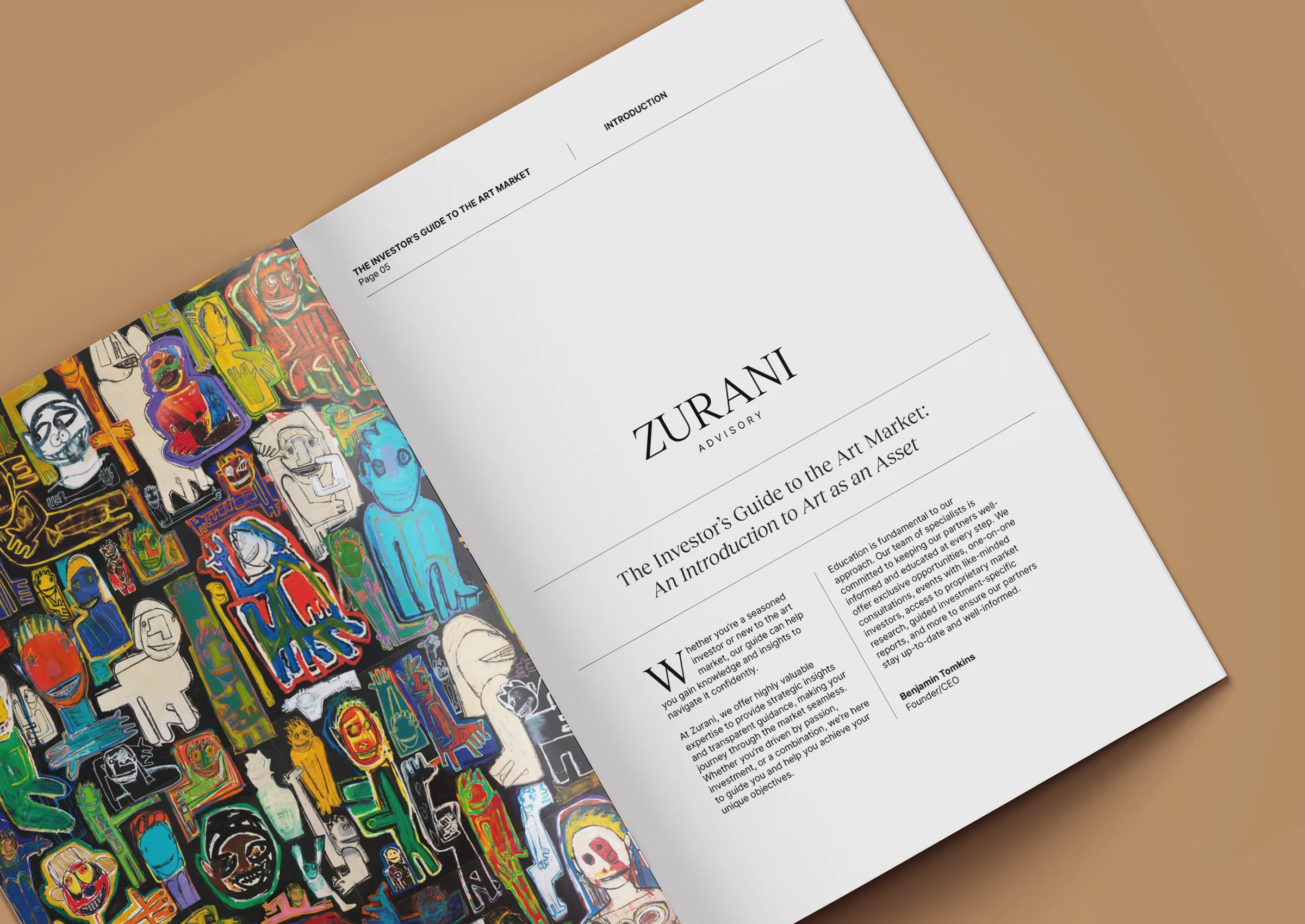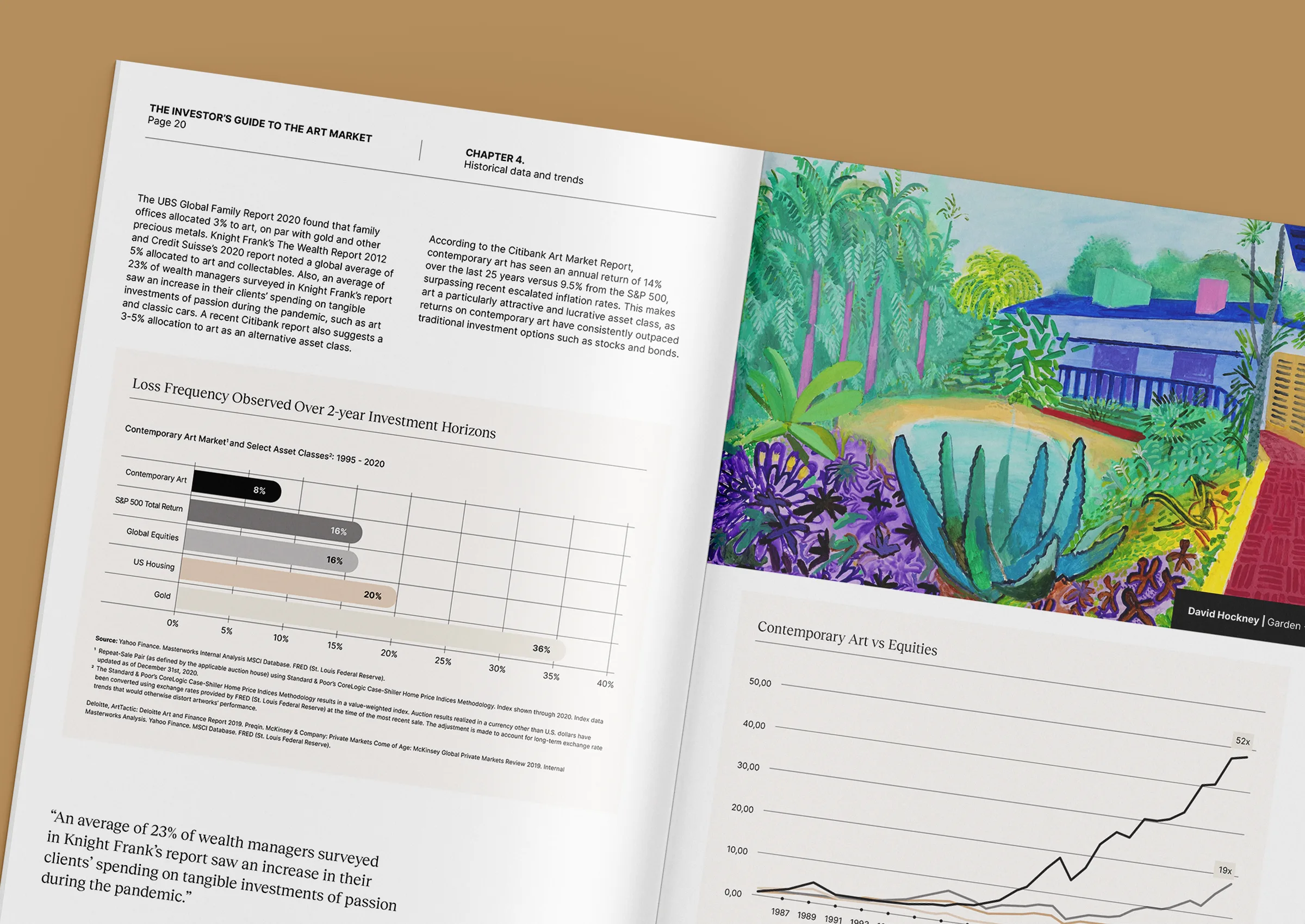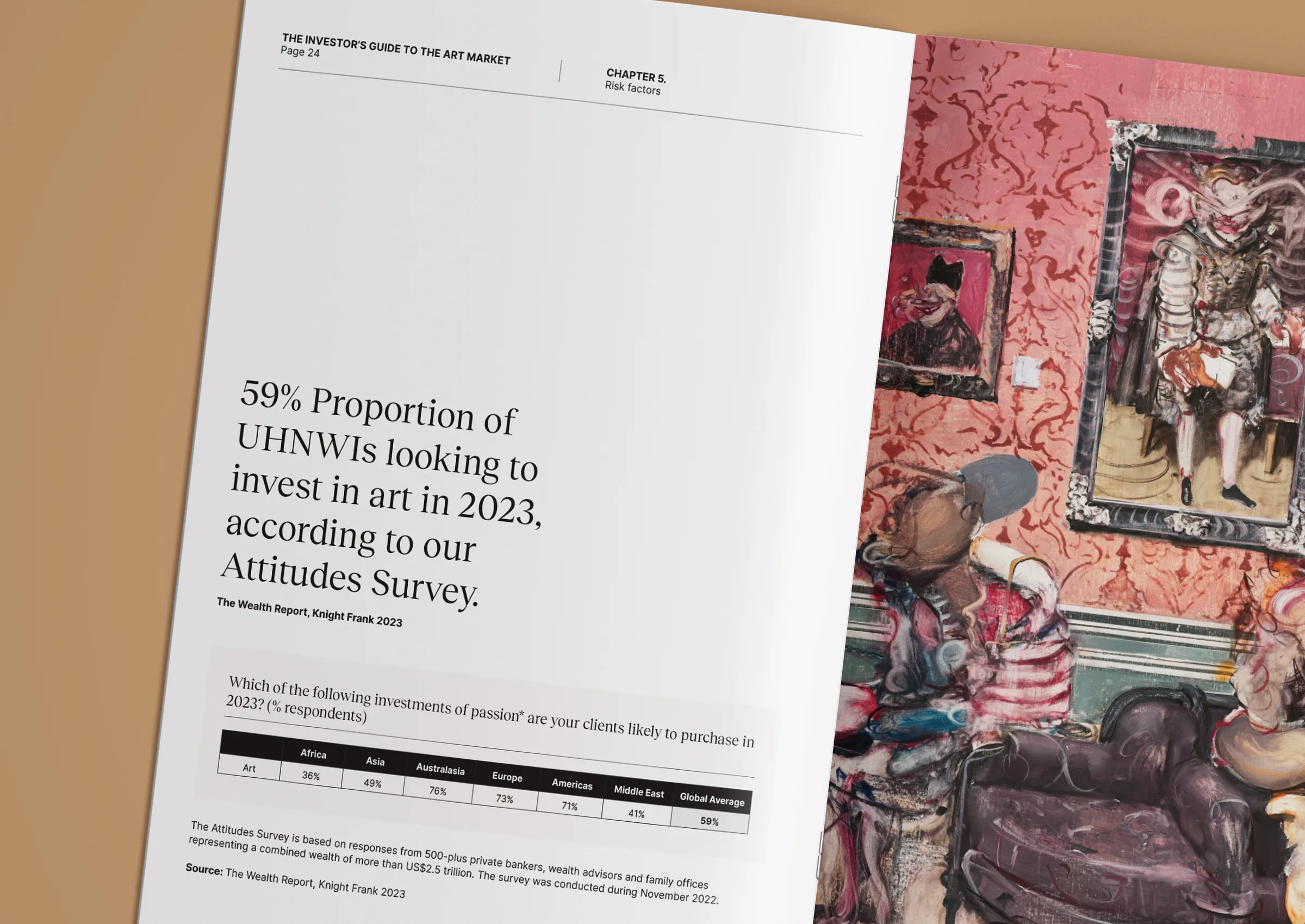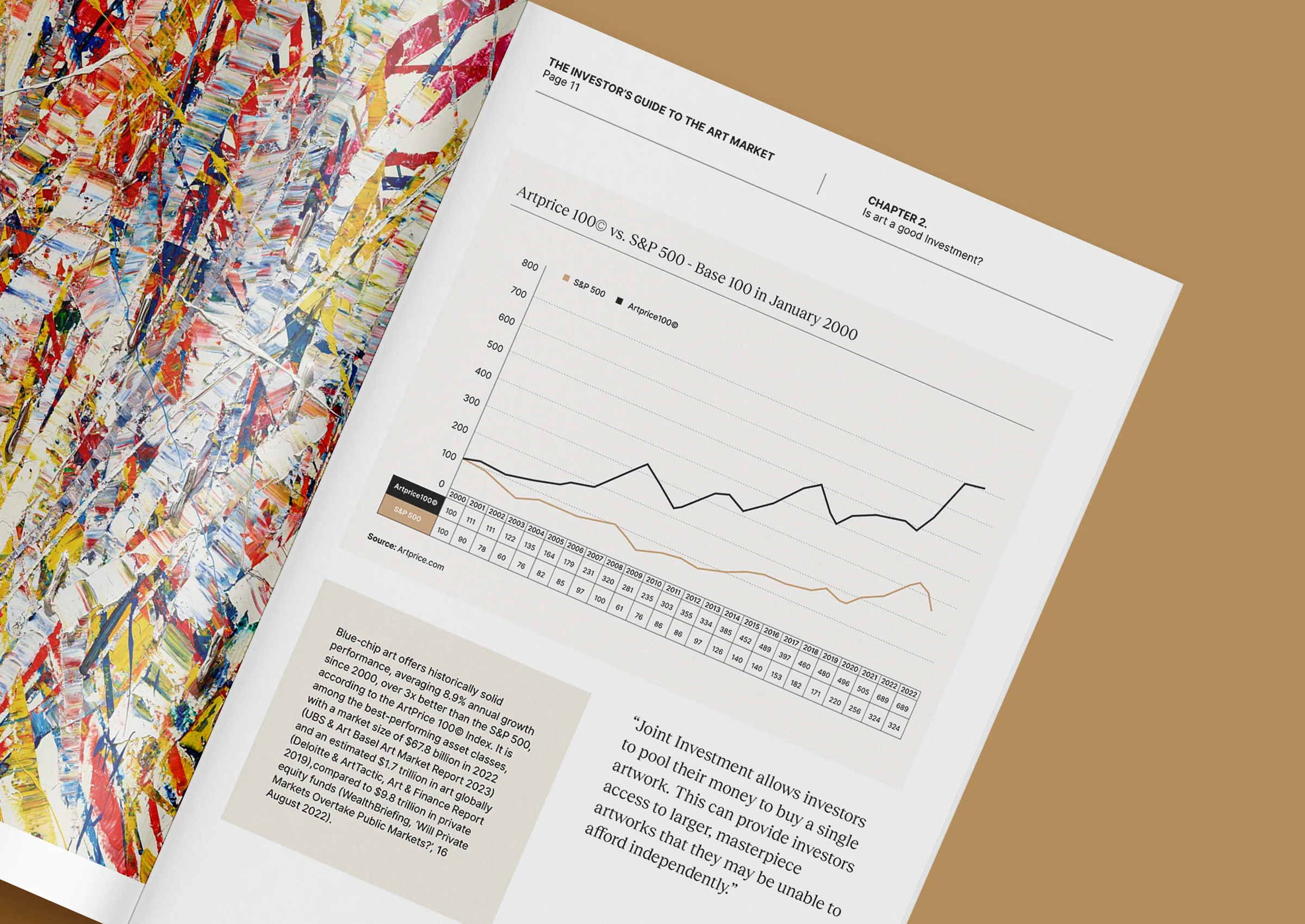Why smaller fairs are gaining traction with serious collectors
For decades, the art market calendar has revolved around the same global names. Art Basel, Frieze, and TEFAF are synonymous with prestige, blue-chip artists, and international headlines. Yet in recent years, a different story has begun to unfold. Smaller, regional, and so-called “emerging” art fairs are attracting growing attention from serious collectors.
This shift is not about turning away from established institutions, but rather broadening the collecting experience. For those willing to step outside the primary circuit, smaller fairs can offer unique access, intimate engagement, and pricing that reflects value rather than speculation.
Why emerging does not mean unimportant
It is easy to assume that smaller art fairs are primarily platforms for young galleries or experimental works. While these elements are often present, their significance reaches far beyond that. Collectors are increasingly recognising that what these fairs lack in scale, they compensate for in focus and agility.
Curation at smaller fairs tends to be more tightly defined. Programmes are often designed around a particular region, cultural context, or aesthetic dialogue. This allows collectors to witness new narratives unfold before they reach the global stage. It also creates a more cohesive viewing experience, unencumbered by the sheer scale and spectacle of mega-fairs.
For many collectors, the appeal lies in this clarity. It is not about replacing Basel or Frieze, but about complementing them with a fresh lens.
The advantage of access and engagement
One of the most marked differences between global and regional fairs is access. At headline events, the competition for attention can be overwhelming. Galleries are balancing hundreds of conversations, while collectors often find themselves queuing for time with an advisor or struggling to view works without distraction.
In contrast, smaller fairs allow for a more direct encounter. Collectors can engage in in-depth discussions with gallerists, often speaking directly with the artists themselves. This intimacy fosters trust, providing insights into practice, process, and intention that are more readily accessible in smaller settings.
For serious collectors, this is not a matter of convenience but of strategy. Relationships forged in these contexts can evolve into long-term collaborations, offering opportunities that extend beyond the fair floor.
Building relationships and staying ahead of the curve
A defining feature of successful collections is timing. Acquiring a work before it reaches secondary markets or global stages can position a collector ahead of the curve. Smaller fairs provide this possibility.
By engaging with galleries and artists at an earlier stage, collectors gain access to works before prices climb under the pressure of wider demand. More importantly, they become part of the artist’s journey from the outset, deepening the cultural and personal value of the collection.
This is not only about financial gain. It is about diversifying holdings, avoiding overexposure to the most speculative areas of the market, and maintaining a balance between established blue-chip pieces and works with long-term growth potential.
Why this shift matters for collectors
The rise of smaller fairs signals a broader change in how collecting is evolving. Prestige remains essential, but access is increasingly prized. For collectors who value discovery, context, and meaningful engagement, these fairs represent an integral part of the art investment landscape.
Ultimately, the decision is not about choosing between access and prestige. It is about recognising that the most resilient collections often combine both. Attending Basel or Frieze ensures visibility on the global stage. Engaging with smaller fairs offers intimacy, discovery, and the chance to shape narratives from their earliest chapters.
A balanced approach to collecting
Serious collectors are already adjusting their calendars to reflect this dual approach. By weaving smaller fairs into established circuits, they open doors to early opportunities, cultural insight, and relationships that outlast the transactional moment.
In a market that is constantly shifting, balance is key. Prestige may draw headlines, but access builds collections. The most discerning collectors know it is not a question of either-or, but of integrating both to create a legacy that endures.
Looking to refine your strategy and discover opportunities beyond the global stage? Contact Zurani Advisory at +971 58 593 5523, email us at contact@zurani.com, or visit www.zurani.com for more information.
